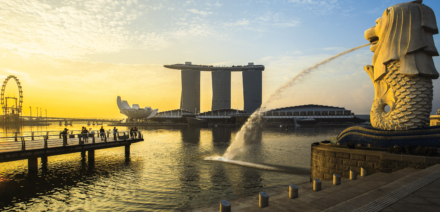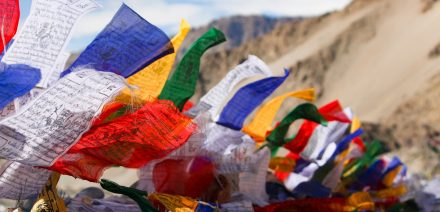The Northeast: Darjeeling, Kalimpong, & Gangtok
From the sprawling tea gardens of Darjeeling to glacial lakes of Sikkim, a journey to the northeast is an opportunity to better understand the diversity and remote reaches of India, making inroads into knowledge beyond the geographical and political maps.














